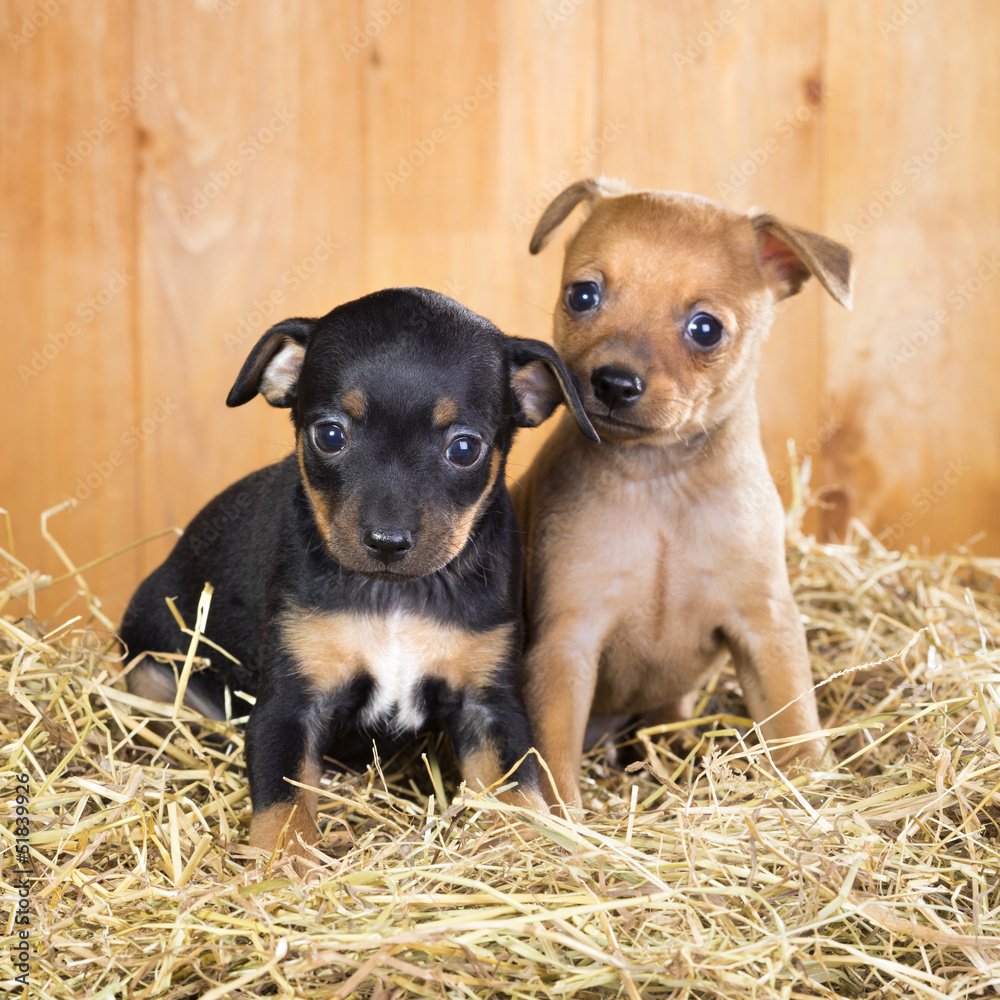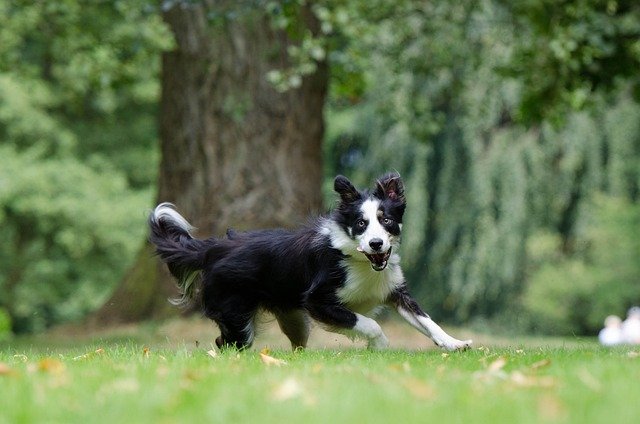Snow loving dog breeds are well-suited to colder climates and often characterized by snowy conditions. These breeds typically boast warm, fluffy coats and can vary in size. While some are bred for speed, guarding, hunting, or companionship, others are specifically engineered to endure extreme temperatures and harsh cold environments, serving multiple purposes. Each of these breeds has its own unique characteristics and traits, so it’s essential to research thoroughly and consider factors like temperament, grooming needs, exercise requirements and suitability for your lifestyle before choosing a snow dog breed that’s right for you. If your home is in a chilly, snow-covered region, these breeds might be just right for you.
Snow loving dog breeds
Details About Snow Loving Dog Breeds
1.Akita
The Akita is one of the best Snow loving dog breeds. This is a sizable Japanese breed hailing from the northern mountains of Japan. Historically, they were employed by matagi for guarding and hunting bears. Akitas are known for their strength, dominance, and loyalty, often reserved around strangers but affectionate and fiercely loyal to their family. Generally robust, Akitas exhibit hardiness as a breed. Akitas have shown a capacity to adapt quite effectively to colder climates.
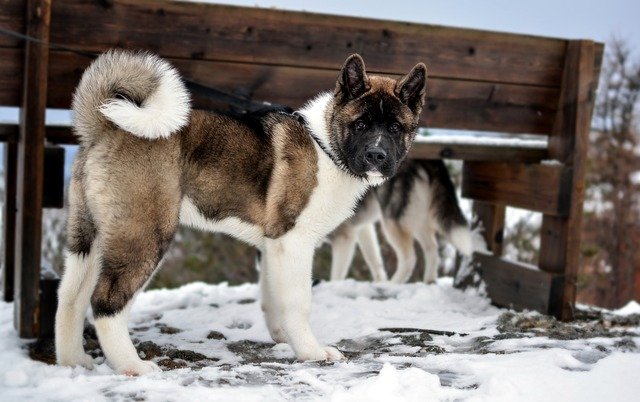
MORE INFORMATION
- Other names: Japanese Akita, Great Japanese Dog, Akita Inu, Akita ken
- Origin: Japan
- Height: Males- preferred 64–71 cm (25–28 in)
Females- preferred 58–66 cm (23–26 in)
- Weight: Males minimum 27–59 kg (60–130 lb)
Females minimum 25–45 kg (55–100 lb)
- Coat: thick double coats, and tight, well-knuckled, cat-like feet
- Colour: Ginger, Red, brindle white, sable all with white fur on the ventral areas of the dog (genetics variants can include black & grey)
- Life span: 11.4 years on average
2.Alaskan Malamute
Here in serial no-2, we enlisted The Alaskan Malamute as a Snow loving dog breeds. This is a large breed of dog that was originally bred for its strength and endurance, to haul heavy freight as a sled dog and as a hound. Malamutes are very fond of people, a trait that makes them particularly sought-after family dogs, but unreliable watchdogs as they do not tend to bark. Malamutes are nimble around furniture and smaller items, making them ideal house dogs, provided they get plenty of time outdoors meeting their considerable exercise requirements. Alaskan Malamutes also often participate in animal therapy programs, like visiting patients in hospitals, due to their soft nature.
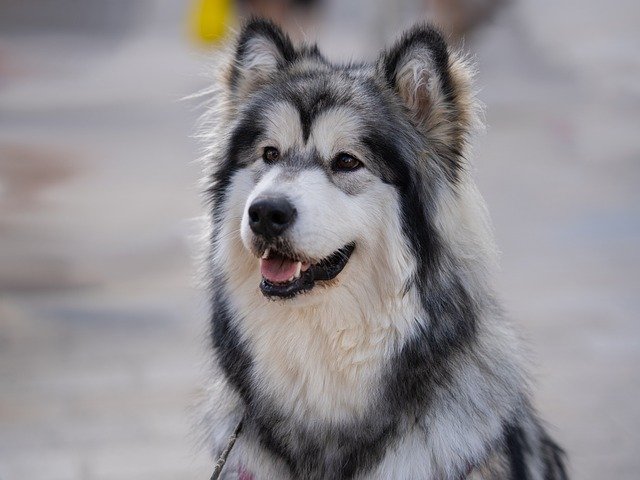
MORE INFORMATION
- Origin: Alaska
- Height: Males- 25 inches (64 cm)
Females- 23 inches (58 cm)
- Weight: Males 38 kilograms (84 lb)
Females 34 kilograms (75 lb)
- Coat: Thick, a double coat, with plush undercoat
- Colour: Grey, sable, black, or red, always with white, as well as all white and brown
- Life span: 11.3 years on average
3.American Eskimo Dog
The American Eskimo Dog is a fantastic Snow loving dog breeds. The American Eskimo Dog is a member of the Spitz family. The breed’s progenitors were German Spitz, but due to anti-German sentiment during the First World War, it was renamed “American Eskimo Dog”. In addition to serving as a watchdog and companion, the American Eskimo Dog also achieved a high degree of popularity in the United States in the 1930s and 1940s as a circus performer. Due to their small to medium sizes they are looking so cute.
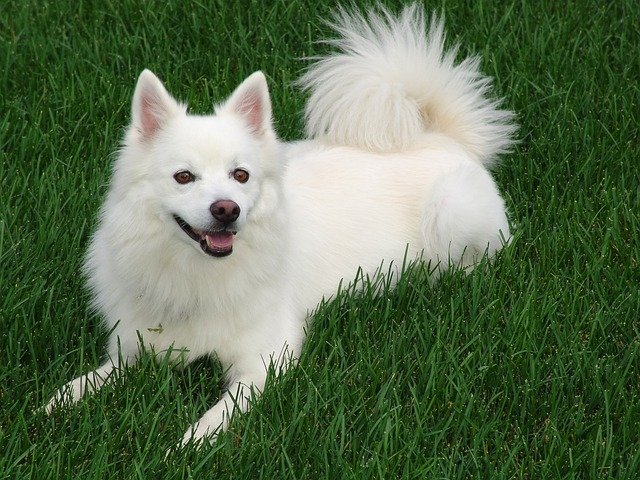
MORE INFORMATION
- Other names: American Spitz, German Spitz
- Origin: Germany, United States
- Height Toy: 22–30 cm( 9–12 in)
Miniature: 30–40 cm (12–15 in)
Standard: 38–50 cm (15–20 in)
- Weight: Toy: 2.27–4.5 kg( 5–10 lbs
Miniature: 4.5–9 kg (10–20 lbs)
Standard: 6.8–18 kg (15–40 lbs)
- Coat: double-coated, with thick straight fur and a ruff around the neck and shoulders
- Colour: white (genetics variants can include black & grey)
- Life span: 13-15 years on average
4.Samoyed
The Samoyed is a very old type of Snow loving dog breeds. Nomadic tribes in Siberia chose them to herd reindeer and pull sleds when necessary. At first, these dogs came in many colors, but now white is most common worldwide. They are Playful, Friendly, Lively, Sociable, Stubborn, Alert. Samoyeds are excellent companions, especially for small children or even other dogs, and they remain playful into old age. According to the Samoyed Club of America, when Samoyeds become bored, they may become destructive or start to dig.
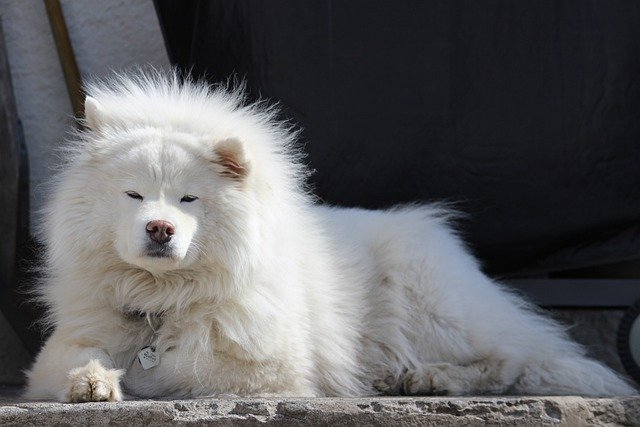
MORE INFORMATION
- Other names: Bjelkier, Samoiedskaya Sobaka
- Origin: Russia
- Height: Males- preferred 53–60 cm
Females- preferred 48–53 cm
- Weight: Males preferred 20–30 kg
Females preferred 16–20 kg
- Coat: double-layer coat
- Color: White, White & Biscuit, Cream
- Life span: 12-14 years on average
5. Bernese Mountain Dog
The Bernese Mountain Dog, one of the four breeds of Sennenhund type dogs, hails from Bern, Switzerland, and the Swiss Alps, tracing its ancestry to Roman mastiffs. According to the Snow loving dog breeds standard, these dogs should exhibit traits such as being “good-natured,” “self-assured,” and “placid towards strangers,” while avoiding traits like aggression and anxiety. They are known to be excellent guardians, only resorting to aggression when necessary, such as when their owner is under attack. Bernese Mountain Dogs typically form strong bonds with one owner or family, displaying aloofness towards strangers while working well with other pets and unfamiliar individuals.
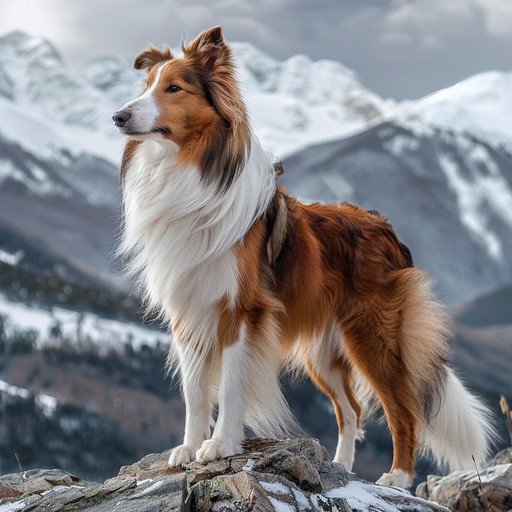
MORE INFORMATION
- Other names: Bernese Cattle Dog, Bouvier Bernios
- Origin: Switzerland
- Height: Males- preferred 64–70 in (25–27.5 cm)
Females- preferred 58–66 cm (23–26in)
- Weight: Males minimum 35–55 kg (81–120 lb)
Females minimum 30 –45 kg (70 –100 lb)
- Coat: double coats
- Colur: Tricolor (black, rust and white)
- Life span: 8-10 years on average
6.Chow Chow
The Chow Chow is here in serial number -6 in the list of Snow loving dog breeds. It is a spitz-type breed with unique features such as its purple/blue-black tongue, shared only with the Shar Pei, and straight hind legs, giving it a distinctive gait. Additionally, its lips exhibit a bluish hue, a trait exclusive to this breed, unlike other dogs with black or piebald patterned skin in their mouths. Another notable characteristic is its curly tail, thickly coated and often resting curled on its back. While the nose is typically black, blue-coated Chow Chows may have a solid blue or slate-colored nose. However, owning a Chow Chow can lead to increased homeowners insurance costs, as they are considered high-risk dogs by some companies. According to a study in the Journal of the American Veterinary Medical Association, Chow Chows were responsible for 8 out of 238 fatalities related to dog bites from 1979 to 1998.

MORE INFORMATION
- Other names: Chow
- Origin: China
- Height: preferred 17 to 22 inches (43 to 56 cm)
- Weight: Males minimum 40–90 lb (18–41 kg)
Females minimum 35–85 lb (16–39 kg)
- Coat: Thick and coarse
- Color: Red (light gold to deep red-brown), Cinnamon (light tan to brown), Black ,Cream white or ivory
- Life span: 12-13 years on average
7. Great Pyrenees
The Great Pyrenees Dog is also known as the Patou in France. This an awesome Snow loving dog breeds. This is a French breed specifically bred for livestock guarding. Originating from the eastern side of the Pyrenees Mountains, it’s distinct from the Mastín del Pirineo or Pyrenean Mastiff found on the Spanish side, although closely related. While they generally interact well with older children, supervision is necessary around very young children due to their robust build and immense size.
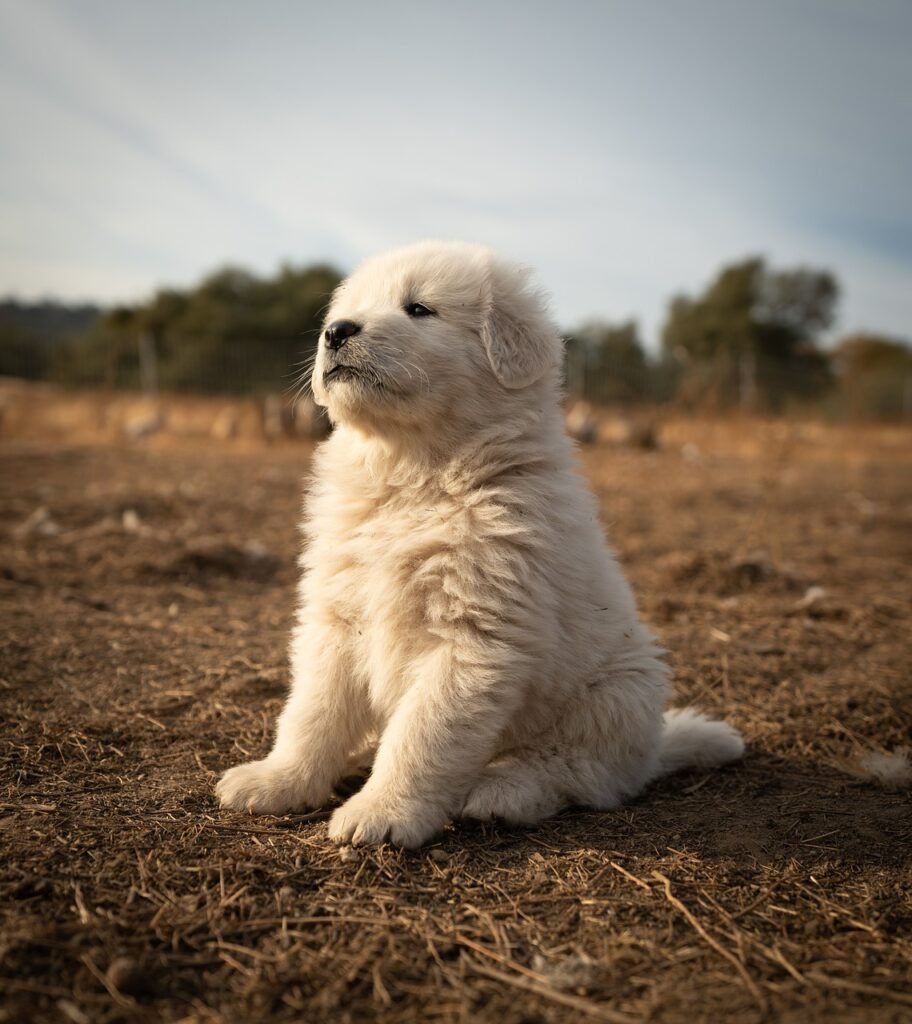
MORE INFORMATION
- Other names: Pyrenean Mountain Dog, Pyrenean Herding Dog
- Origin: France
- Height: Males- preferred 70–80 cm (28–31 in)
Females- preferred 65–75 cm (26–30 in)
- Weight: minimum 55–75 kg (120–165 lb)
- Coat: long, thick double coat
- Color: white with or without patches of badger, wolf grey or reddish tan on the head and up to 1/3 of the body.
- Life span: 10-11 years on average
8. Siberian Husky
Siberian Husky is one of the greatest of all Snow loving dog breeds. They are bred by the Chukchi people of Siberia for sled pulling and companionship. It is an active, energetic, resilient breed, whose ancestors lived in the extremely cold and harsh environment of the Siberian Arctic. Today, the Siberian Husky is typically kept as a house pet, though they are still frequently used as sled dogs by competitive and recreational mushers. Siberian Huskies have thick hair that keeps them warm in cold weather and cool in hot weather. Their coat has two layers: a soft one inside and a longer one outside. It helps them stay comfy even in really cold temperatures, like -50 to -60°C (-58 to -76°F). Siberian Huskies have almond-shaped eyes that are slightly slanted. The eyes can be brown, blue, or black, and it’s okay if they’re different colors or a mix of colors. Siberian Huskies have fluffy tails. They like to wrap their tails around their faces and noses to stay extra warm. When they curl up to sleep, they often cover their noses for warmth, which people call the “Siberian Swirl.

MORE INFORMATION
- Other names: Husky; Sibe, Chukcha
- Origin: Siberia
- Height: Males- preferred 21–23.5 inches (53–60 cm)
Females- preferred 20–22 inches (51–56 cm)
- Weight: Males- preferred 20–27 kg (44-60 lb)
Females- preferred 16–23 kg (35-50 lb)
- Coat: double-layer coat
- Colour: White, Black, Gray & White, Sable & White, Black & Tan, Silver-gray, Red & White, Black & White, Grey
- Life span: 12-15 years on average
9. Tibetan Mastiff
The Tibetan Mastiff is a distinctive breed of all Snow loving dog breeds. This bred as a flock guardian in the Himalayas and Tibetan Plateaus, stands out for its phenotypical characteristics. Considered a primitive breed, it retains the ruggedness necessary for survival in the harsh climates of Tibet, Ladakh, and other high-altitude Himalayan regions. With an aloof, watchful, and alert temperament, Tibetan Mastiffs can serve as loyal family dogs. However, their loyalty may translate into reserve around strangers, necessitating careful introductions. Due to their protective nature, owners must remain vigilant and plan accordingly to prevent any incidents where the dog may react solely as a guardian.
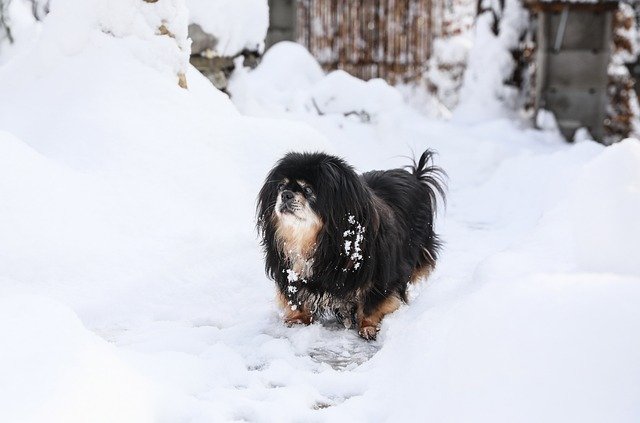
MORE INFORMATION
- Other names: Berner Sennenhund, Bernese Cattle Dog ,Bouvier Bernois
- Origin: Tibetan Plateau
- Height: Males- preferred 66 cm (26 in)
Females- preferred 61 cm (24 in)
- Weight: minimum 75 to 160 pounds
- Coat: double coated and tight
- Color: solid black, black and tan, various shades of red
- Life span: 10-14 years on average
10.Tibetan Terrier
The Tibetan Terrier is a medium-sized Snow loving dog breeds. Despite its name, it doesn’t belong to the terrier group; European travelers gave it the moniker due to its resemblance to terriers. Its temperament has long been a key attraction: friendly, affectionate, and sensitive to owners. They’re gentle with older children when introduced properly but can be stubborn due to their steadfast and clever nature. Tibetan Terriers are typically charming and loyal but may guard their resources, posing challenges in multi-pet households.
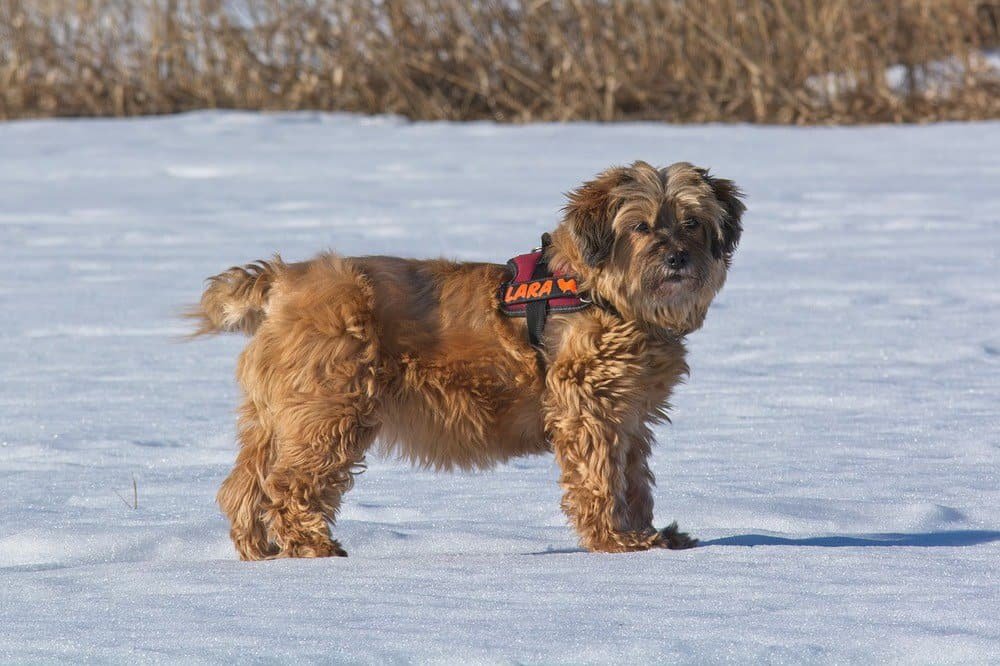
MORE INFORMATION
- Other names: Tsang Apso, Dokhi Apso
- Origin: Tibet
- Height: preferred 14 to 16 in (35–41 cm)
- Weight: minimum 18–30 lb (8–14 kg)
- Coat: thick double coated and tight
- Color: Mixed color (black, rust, and white)
- Life span: 15-16 years on average

